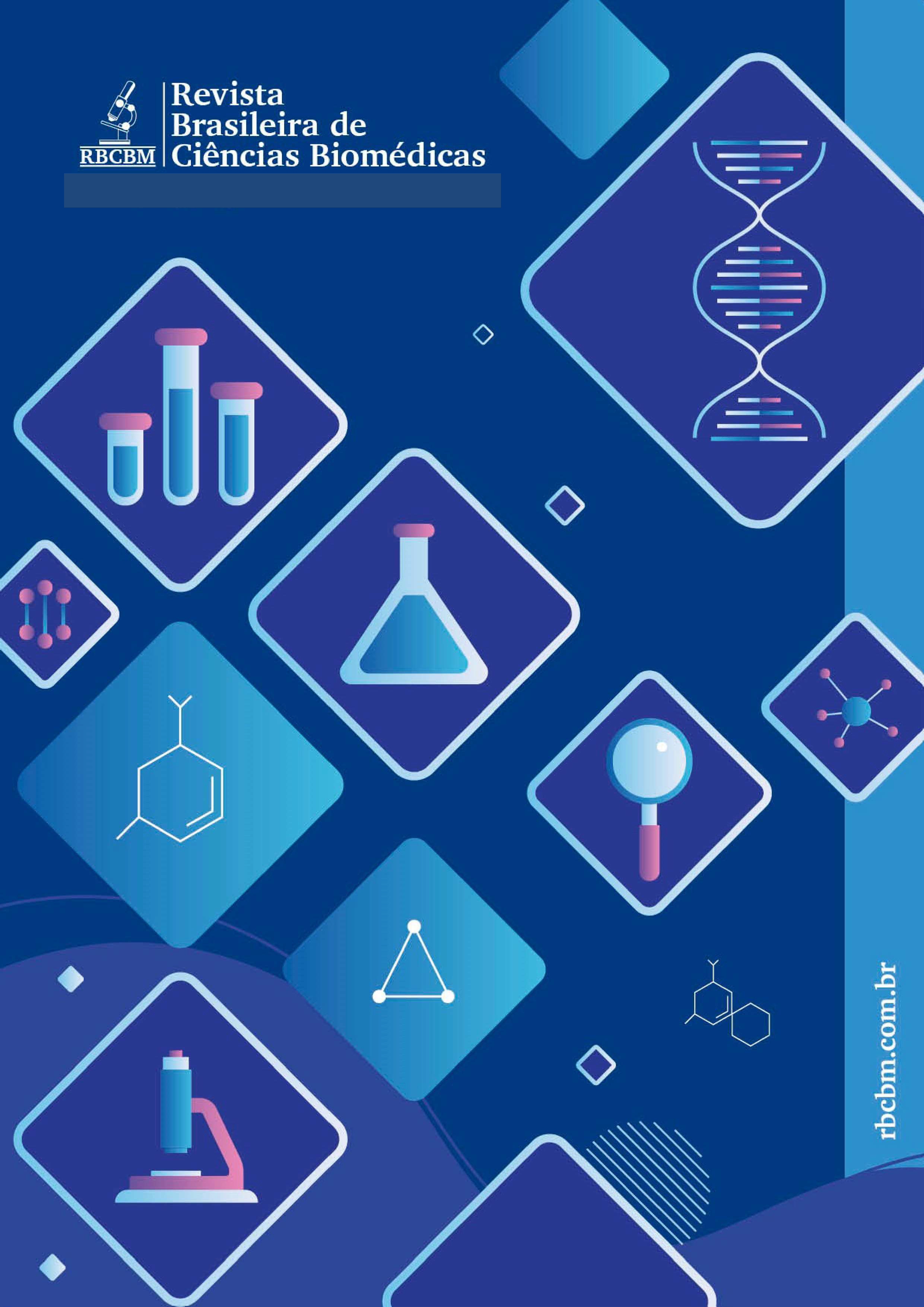Ethnicity and Blood: The relationship between racial prejudice and sickle cell anemia: A brief physiological and historical-cultural overview.
Main Article Content
Abstract
Sickle cell anemia is a genetic condition that causes the deformation of red blood cells and is more common in African and Afro-descendant populations. This prevalence creates disparities in access to adequate healthcare and effective treatments. This article provides a comprehensive overview of the disease, addressing its epidemiology, pathophysiology, clinical manifestations and available treatments. In addition, it highlights the associated social burden, where patients face prejudice and discrimination due to a lack of understanding about the nature of sickle cell anemia.
It is crucial to recognize the stigma surrounding this condition, as it can significantly impact patients' quality of life, damaging their emotional, physical and social well-being. Not knowing the characteristics of the disease contributes to the marginalization of these individuals. To deal with these challenges, the importance of implementing public education programs and ongoing research is emphasized.
In addition to addressing medical issues, it is essential to consider the ethnic dimension, recognizing the complexities associated with sickle cell anemia. Promoting a broader understanding of the disease can contribute to mitigating prejudice and improving the quality of life of those affected. In this context, the implementation of initiatives aimed at raising awareness and research emerges as an essential strategy for tackling the challenges inherent in sickle cell anemia and its social ramifications, with a view to having a positive impact on the lives of those who live with this condition.
Keywords: Sickle cell anemia. Prejudice. Awareness. Ethnicity. Health education.
Article Details

This work is licensed under a Creative Commons Attribution-NonCommercial-NoDerivatives 4.0 International License.
Copyright Statement - Policy Proposal for Open Access Journals
Authors who publish in The Brazilian journal of Biomedical Sciences (RBCBM) agree to the following terms: 1 - Authors retain the copyright and grant the journal the right to first publication, with the work simultaneously licensed under the Creative Commons Attribution License allowing sharing of the work with recognition of the authorship of the work and initial publication in this journal. 2 - Authors are authorized to assume additional contracts separately, for non-exclusive distribution of the version of the work published in this journal (eg, publishing in institutional repository or as a book chapter), with acknowledgment of authorship and initial publication in this journal. 3 - Authors are allowed and encouraged to publish and distribute their work online (eg in institutional repositories or on their personal page) at any point before or during the editorial process, as this can generate productive changes, as well as increase the impact and citation of published work.
This is an open access article under the CC-BY license
References
Cavalcanti JM, Maio MC. Entre negros e miscigenados: a anemia e o traço falciforme no Brasil nas décadas de 1930 e 1940. Hist Cienc Saude Manguinhos. 2011;18(2):377-406.
Moraes KCM, Galioti JB. A doença falciforme: um estudo genético-populacional a partir de doadores de sangue em São José dos Campos, São Paulo, Brasil. Rev Bras Hematol Hemoter. 2010.
Machado A, Lourenço G, Hammes T, Parisi M. Anemia falciforme: aspectos clínicos e epidemiológicos. In: XXIII Seminário Interinstitucional de Ensino, Pesquisa e Extensão; 2018.
Manfredini V, Castro S, Wagner S, Benfato MS. A fisiopatologia da anemia falciforme. Infarma. 2007;19(1/2).
Naoum PC, Bonini-Domingos CR. Dificuldades no diagnóstico laboratorial das hemoglobinopatias. Rev Bras Hematol Hemoter. 2007;29(2):126-31.
Do Nascimento MI, Przibilski ALF, Coelho CSG, Leite KFA, Makenze M, De Jesus SB. Mortalidade atribuída à doença falciforme em crianças e adolescentes no Brasil, 2000-2019. Rev Saude Publica. 2022;56.
Almeida RA, Beretta ALRZ. Anemia falciforme e abordagem laboratorial: uma breve revisão de literatura. Rev Bras Anal Clin. 2016-2017.
Ferreira R, Gouvêa CMCP. Recentes avanços no tratamento da anemia falciforme. Rev Med Minas Gerais. 2018.
Figueiró AVM, Ribeiro RLR. Vivência do preconceito racial e de classe na doença falciforme. Saude Soc. 2017;26(1):88-99.


